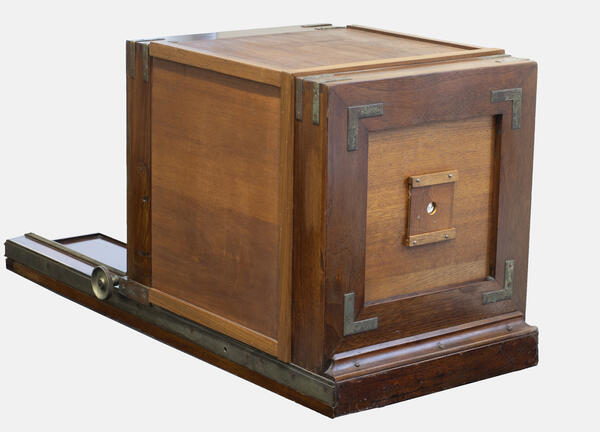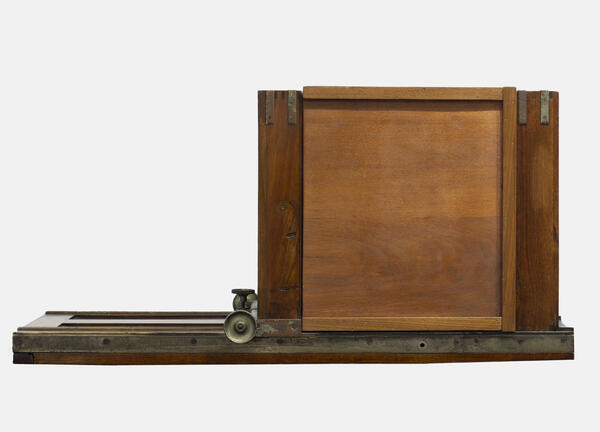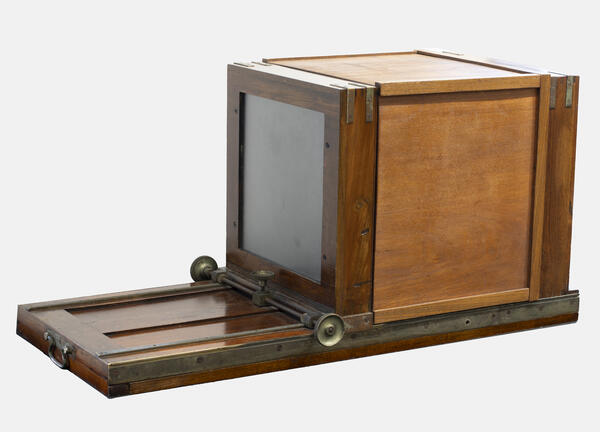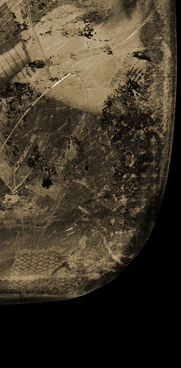This is the oldest extant description of a camera obscura, which Mozi scholars dubbed a “treasure chest”.
In the 10th century, the Arab scientist Ibn al-Haytham, who was engaged in the study of optical phenomena, used an improvised camera obscura in the form of a darkened tent to observe solar eclipses. Knowing how harmful it was to look at the sun with the naked eye, he made a small hole in the tent’s canopy and studied the image of the sun on the opposite wall of the tent. He was the first to notice that the clarity of an image on the wall depended on the diameter of the hole.
In 1620, the astronomer and optical physicist Johannes Kepler also used a camera obscura to study a solar eclipse. He set up a dark tent in a field, placed a lens in the tent’s slit, and observed the image that appeared on white paper attached to the opposite wall of the tent opposite the lens.
The camera obscura’s design was occasionally
changed and improved, but the essentials of being a box with a small hole in
the front wall remained the same. The camera was subsequently equipped with a
focusing lens, and the box consisted of two halves, which could be moved to
adjust sharpness. In the Middle Ages, camera obscuras were often used for
observing solar eclipses.





